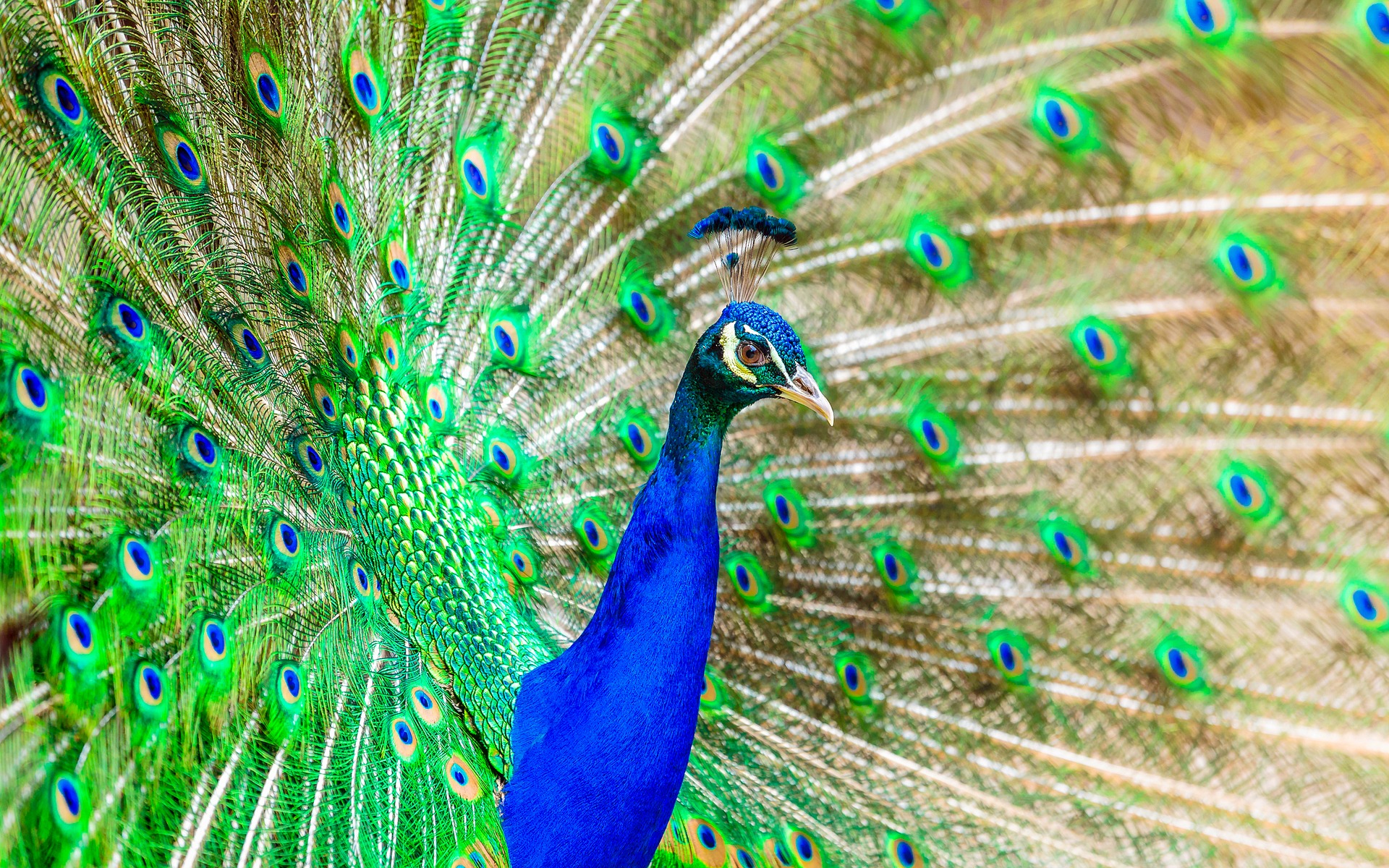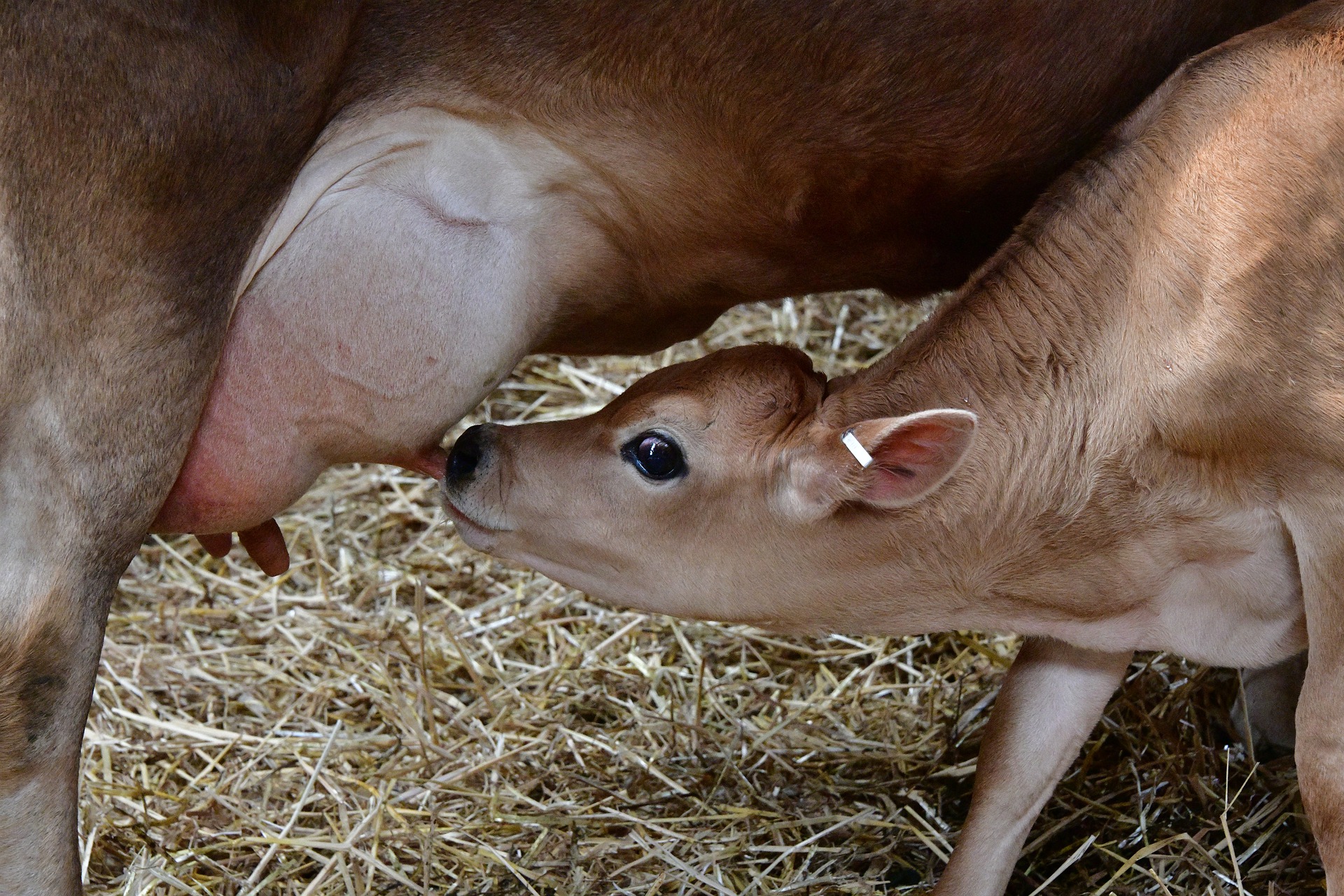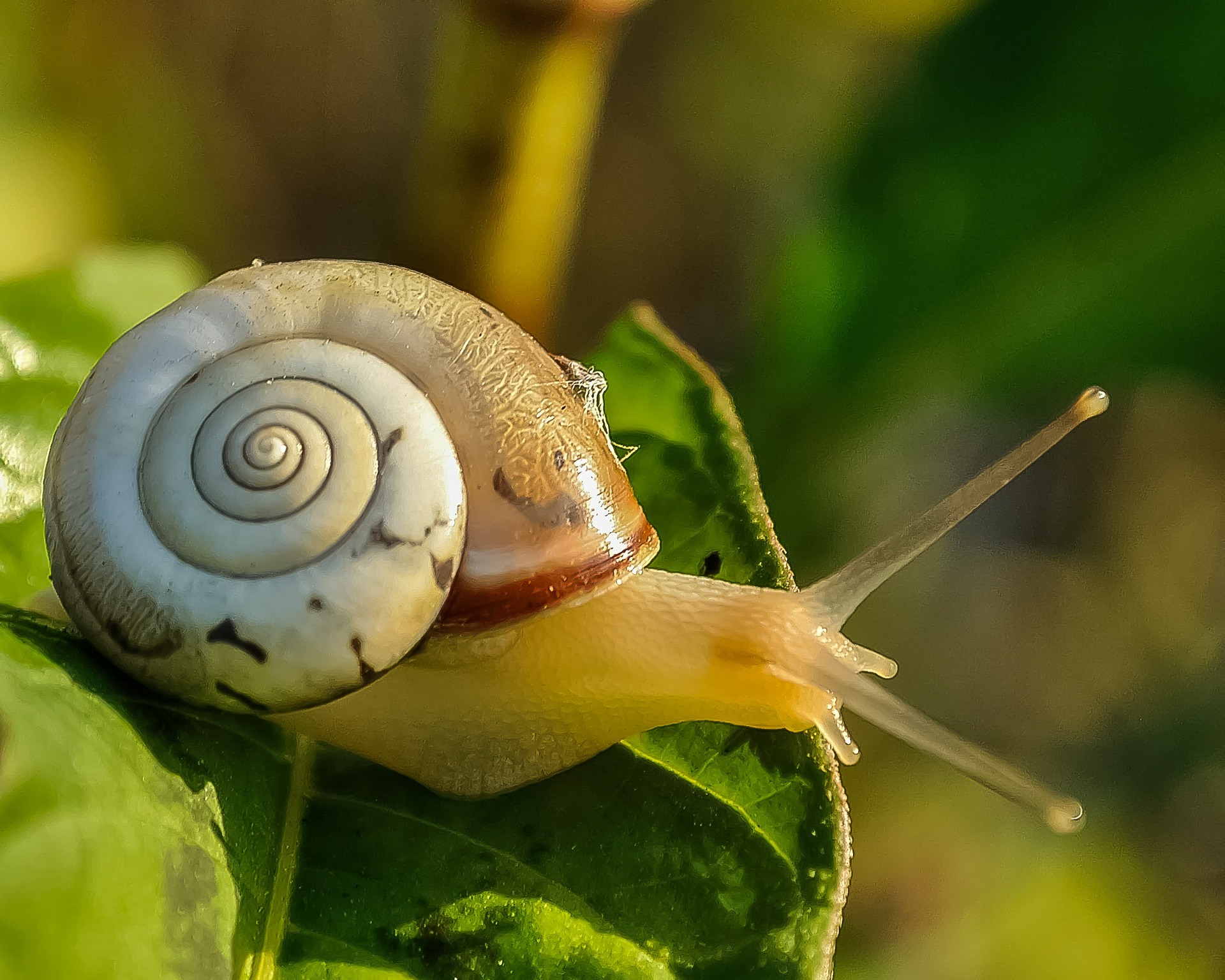Home > Sections > The Environment > Animal Adaptations
Animal Adaptations
Keywords
Animals, adaptations, functional, structural, behavioural, differences, competition, survival, eating, drinking, reproduction.
Introduction
Animals have plenty of differences for different reasons, but why is this?
Well, put simply, it's to help them have the advantage to do the job they need to do. This can be for competition, for survival, to help them eat or drink, to get somewhere other animals can't, and so on.
Types of Adaptation
There are three types of adaptation:
Structural adaptation: this is where the structure of the animal helps it to survive. A structural adaptation can also help it reproduce. A good example of this is a snail. It has a house on its back, which is a shell, and this enables it to hide away from predators, as well as allowing it to hibernate during the colder weather.
Behavioural adaptation: this is comprised of how an animal acts, whether that is to mate with another of its species, the pranks it plays in order to catch its prey, or how it acts within a community, cleaning and grooming each other. For example, a peafowl will spread its tail feathers to show authority, as well as use them to attract a female. This is a double adaptation, as it will show these feathers for competition against another male.
Functional adaptation: these are functions that the organism will do within their body to help them along. It is usually something done unconciously. An example of this would be a cow. When it has its offspring, it will produce milk. It doesn't just flick a switch and produce it, it's just a natural occurence. The calf will then have milk ready to drink and help make it strong.
Interesting fact: a polar bear has black skin, and clear fur. We all know it to have white fur, and we assume they have pink skin. The black skin allows the polar bear to warm in the sun, and the clear hairs of the fur allow for the sun to go through and also provide warmth, as they are hollow.
Take a look at this YouTube video to clarify what I've said.
Are Humans the Same?
Well, in a way, yes. Humans have evolved from apes - Gorillas, not monkeys - and they also have similar features like opposable thumbs, where they can grip objects and use them. If you trace our evolutionary tree back far enough, you'll see changes in each evolution. At some point we wouldn't have had the thumbs, but we also wouldn't look like we do today.
Too Long; Didn't Read
Animals have to adapt to survive in their environment. This can be attributed to three different types: structural, where the shape of the animal is changed to help it survive; behavioural, where the animal changes it's behaviour to help it survive; and functional, where it changes either of the first two in order to survive.
Humans are similar, whereby we have evolved from gorillas, as they have similar features.







 Animal Competition
Animal Competition




